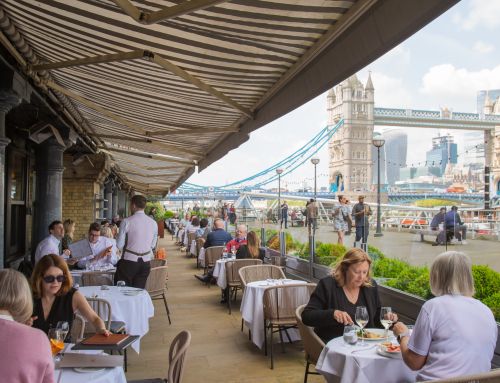In 1873 the warehouses that line the cobbled walkway of Shad Thames were finally complete. The warehouses used to store exotic, and much needed spices and produce from all over the world such as coffee, teas, sugar, fruits and various herbs & spices. As a result of these warehouses, Shad Thames quickly coined the nickname “The Larder of London”.
A passage from a contemporary book stated that the extensive amount of granaries and storehouses that surrounded Shad Thames supplied the majority of London with the produce. The iron bridges which are still visible if you walk through the street below, connected the warehouses. These bridges were used to roll barrels across the warehouses and were often used by workers to nip between the buildings instead of having to go down to the ground floor and walk across the road.
Sadly, the booming trade for the warehouses didn’t last forever. In 1972 the last of the warehouses closed as a result of differing global patterns and river congestion, forcing the warehouses to move further East.
Today, Shad Thames trading history is still very much visible. When walking the streets you can still see the iron bridges above as well as streets and resident blocks named after the produce such as; Wheat Warf, Tea Trade Warf and Cayenne Court.







Leave A Comment